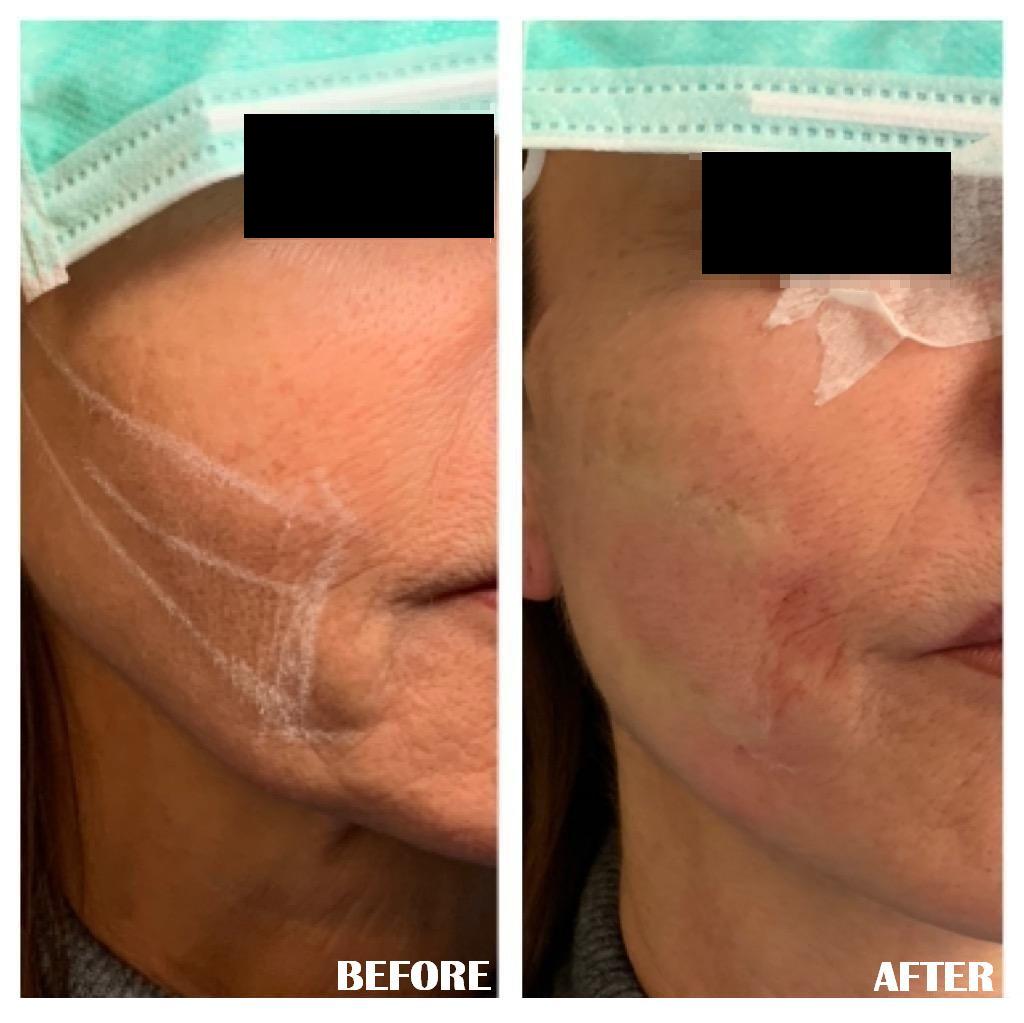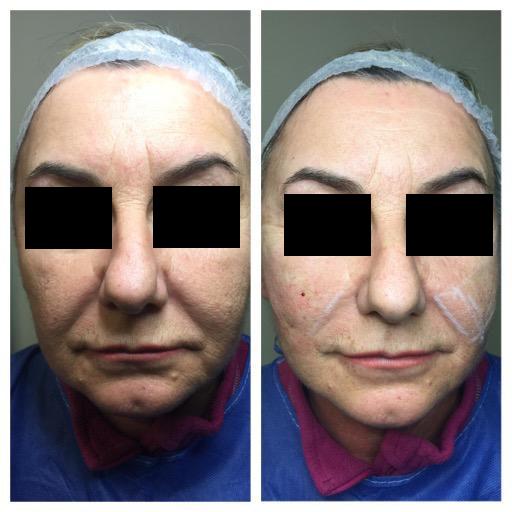The skin is a complex organ subjected to continuous transformation; Skin aging is nothing more than the most obvious manifestation of the aging process of the whole organism and as such we can consider it a completely natural event that should be taken with serenity. However, there are situations in which the signs of the time negatively affect the psycho-physical well-being of a person to the point of even influencing their social life.
Moreover it should not be forgotten that the face is our best calling card, the first part of the body that usually attracts the attention of those who meet and in response to this importance aesthetic medicine proposes interventions aimed at rejuvenating the face and of the décolleté, interventions that allow you to show off a more toned and unmarked face.
For expression wrinkles in the upper third of the face, the antiaging protocol that is still the most popular is the use of Botox. It is a toxin produced by the bacterium Clostidrium Botulinum which has a paralyzing action on the muscles, to the extent that it is also used to treat spastic syndromes and excess sweating. Injected into those areas of the forehead and around the eyes in which the so-called dynamic wrinkles develop, or that are dependent on facial expressions, it reduces the motility of the underlying muscles and smoothes out wrinkles, giving at the oval a more tonic and youthful appearance.
The antiaging protocol based on filler is used to correct the loss of volume in the areas of the face where static wrinkles are formed, thus not depending on the facial expression, such as the smile line, the forehead and the eye area. , particular filling substances that are injected under the skin. The most used aesthetic filler is based on Hyaluronic Acid, naturally present in the cells which has the function of hydrating the skin; the injection of these substances allows to restore the volumetric balance between the various aesthetic units of the face, filling those areas that appear empty and not very tonic.
Usually the antiaging protocol for facial rejuvenation is an outpatient procedure that does not require hospitalization in Day Hospital and has a temporary duration of about 4-6 months, at the end of which it can be repeated.
The combination of these techniques (liquid face) brings a remarkable improvement to those patients not ready for a surgical facelift.



